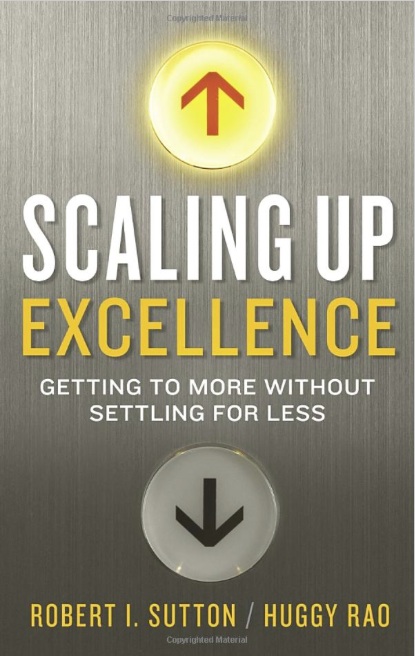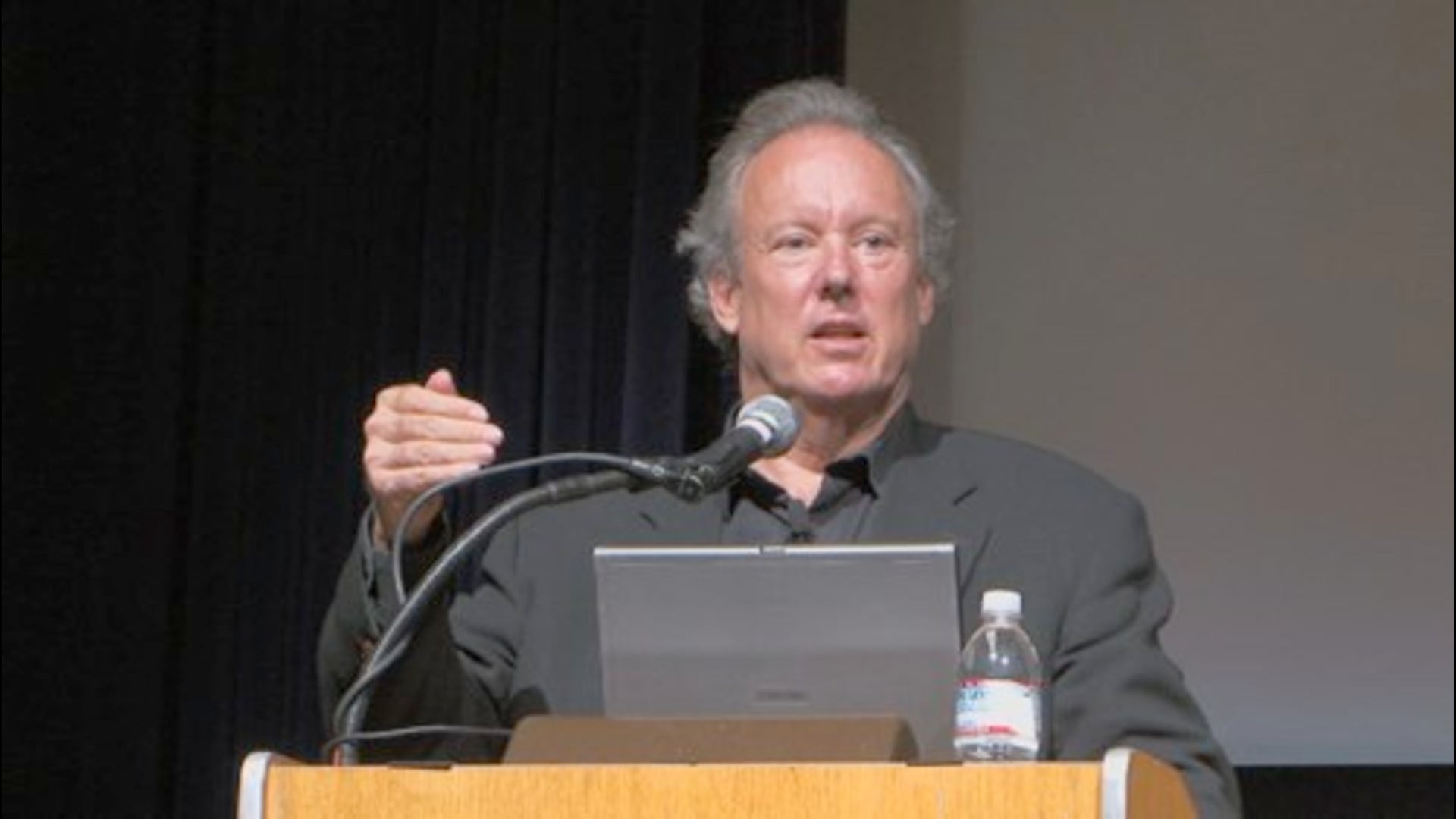Time Travel Toward Better Decisions

It’s been called “20-20 hindsight,” and sometimes, “Monday morning quarterbacking” — essentially, the after-the-fact analysis of what should’ve or could’ve been done better. And it tends to contain some valid insights.
So, if you’re about to launch into a project or initiative that has some uncertainty around success or failure, why not just go ahead and imagine that it flopped, and then, figure out how that happened. In other words, put yourself in the future, visualize the failure and use that trusty 20-20 hindsight to help you anticipate and avoid the pitfalls before you even start.
This exercise in imaginary time-travel may evoke memories of the oh-so-eighties flick Back to the Future. But it’s also a strategy that Stanford Profs. Bob Sutton and Huggy Rao stand behind in their new book, Scaling Up Excellence: Getting to More Without Settling for Less.

They call it performing a “premortem,” and they write that teams on the cusp of making a major decision — including launching a growth initiative, the topic of the new book — should make this visualization exercise one of the final steps before proceeding with the plan.
“It is just a way of switching perspective when you are on the verge of rolling out something from the few to the many,” said Sutton, a professor in Stanford’s Department of Management Science & Engineering. “And there is pretty good evidence that simply shifting perspective from ‘what do I need to do to succeed?’ to ‘I have succeeded, what steps have I taken?’ leads to more nuanced and useful plans — and is especially useful for identifying risks.”
True to their academic credentials, Sutton and Rao back their position with sound citations. They say the premortem builds on Nobel Prize-winning psychologist Daniel Kahneman’s favorite approach for making better decisions. Kahneman, meanwhile, credited another psychologist, Gary Klein, with inventing the technique.
Here’s how it would work at a company that’s about to scale up: Before implementing the plan, team leaders would split those working on the project into two groups and assign one to imagine that the effort failed miserably, and the other to imagine that it was a spectacular success.
Then, each person would be asked to work independently and generate reasons — or even better, write a story — about why the plan succeeded or failed. People should be as detailed as possible in identifying the reasons things occurred, especially those causes they wouldn’t normally mention “for fear of being impolitic.”
Next, as the professors outline in the book, each person in the “failure” group would read his or her list or story aloud, while the reasons are recorded and collated. This process is repeated for the “success” group. Then finally, use the reasons from both groups to strengthen the original plan.
Sutton stresses that premortems are helpful for organizations, regardless of size. For instance, an individual entrepreneur might approach it this way: “If one year from now, I will have three key customers, $1 million in sales and 10 employees, what steps will I have taken?”
Conversely, for a big company, Sutton says a premortem might sound more like this: “If, three weeks from now, the rollout of this new pay policy will be a total disaster — my best people are leaving, and everyone wants me fired — what will have happened?”
The exercise is most effective when all the details are fleshed out, actual feasibility is assessed and resources are accounted for — even if the scenarios are entirely made up in the first place. And yet, Sutton says premortems are doable, and moreover, beneficial.
“We just did this for a group of 12 senior executives from a Fortune 50 company,” Sutton said recently. “They got quite detailed and the conversation shifted their attention to a pair of risks that, in essence, all seemed to know about but none felt comfortable raising.”
Since the book’s debut last month, Scaling Up Excellence has been received well in the business community, especially among entrepreneurs. In the startup space, the challenge of building and uncovering pockets of exemplary performance, and cascading that throughout an organization as it grows, is a real worry.
Put simply, Sutton says scaling is spreading more of a good thing to more people and places. But he is quick to add that no guaranteed formula for scaling up was ever identified by himself or Rao in their nearly 10 years of research for the book.
And whether you undergo a premortem or any other strategic exercise prior to implementation, Sutton stressed that nothing will make scaling easy or instant.
“Anyone who implies they have a sure-fire method or recipe is misguided, dishonest, or both,” Sutton said. “There is a lot of snake oil out there — if someone tries to sell you a scaling cure that sounds too good to be true, it probably is.”
Sutton recently gave a talk as part of our Entrepreneurial Thought Leaders Seminar. Here’s a sample of his Feb. 12 presentation at Stanford:
https://youtu.be/hobRYNWbRWI




